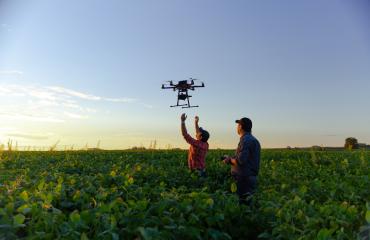The Department of Infrastructure, Transport, Regional Development, Communications and the Arts
The department continues to lead, coordinate and oversee the governance and policy objectives of a whole-of-government UTM ecosystem. This includes leading consultation processes across government and industry on the development of policy objectives of system design and market operation.
Airservices Australia
Airservices Australia is responsible for the development, deployment and management of a Flight Information Management System (FIMS), consistent with government policies and regulations, to be rolled out from late 2025. FIMS will support the safe integration of drones into shared airspace, with additional features to be added over time. Airservices will work closely with Uncrewed Aircraft System (UAS) Service Suppliers (USS), enabling FIMS services to be provided to UAS operators through USS.
Civil Aviation Safety Authority (CASA)
CASA’s role as the independent aviation safety regulator will continue to have an important and evolving application to ensure safety remains first in the evolving UTM ecosystem.
CASA will continue to work closely with Airservices and future UAS Service Suppliers (USS) to ensure the development and deployment of the UTM ecosystem and FIMS occurs consistent with the appropriate safety standards to meet government policy objectives.
CASA is also responsible for the development of the Australian Future Airspace Framework, which will be Australia’s primary reference source for strategic airspace principles, future operations and strategic change planning.
